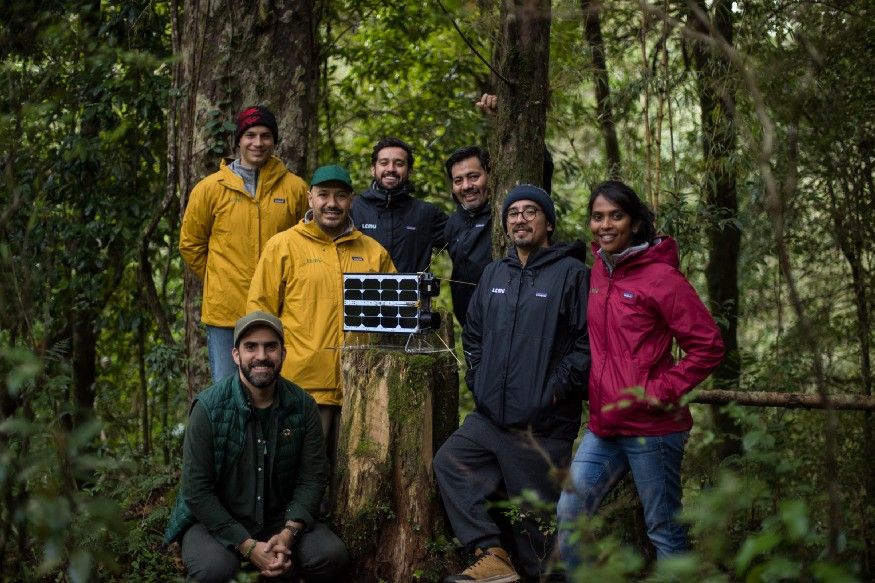- Lemu is an atlas of the biosphere that uses countless geospatial data sources and ethical-AI to help understand the value of the nature-based solutions our ecosystems generate each day.
- Lemu Nge is the name of Lemu’s spacecraft and high-resolution hyperspectral imager that will be launched in 2023, focused on land cover and biodiversity observation.
GLASGOW, SCOTLAND — Lemu, the world’s only atlas of the biosphere that aims to revert our environmental crises by making conservation and ecosystem restoration the best investment possible, today announced the launch of Lemu Nge in early 2023, a hyperspectral nano-satellite dedicated to biodiversity observation, in the context of the COP 26 UN Climate Change Conference in Glasgow, Scotland.
“Our ‘Space to Soil’ strategy starts with satellites, the only efficient way to measure all 51 billion hectares of Earth’s surface,” said Leo Prieto, founder and CEO of Lemu.
“From the very beginning it became obvious that in order to accelerate the development of our artificial vision models for Earth observation, we needed to have our own sensor in orbit. It had to be small — no bigger than a shoebox — in order to minimize the energy and emissions needed to get it into orbit, but at the same time it had to be more powerful than what was currently at our disposal, with flexibility for experimentation into the future. Today we are proud to announce, here at COP 26 in Glasgow, that Lemu Nge is finally being manufactured with a programmed launch date for early 2023.”
Lemu Nge means “Forest Eye” in the mapudungun language, inheriting its name from the main payload, a high-resolution hyperspectral imager optimized for Earth observation. Its 32 bands in the 450 to 900nm spectral range and a ground sampling distance (GSD) resolution of 4.75m, will allow Lemu to segment land cover and vegetation biodiversity in unusual detail using artificial vision. This will be critical in helping reduce the deforestation and degradation of ecosystems, and increase the success of reforestation and restoration efforts, improving Lemu’s ability to precisely measure carbon sequestration and other nature-based solutions.
“We value immensely the data provided by NASA and ESA’s satellites, and we don’t expect Lemu Nge to replace the variety and volume of geospatial data sources we are using today, something that must only continue to grow as data diversity helps us reduce bias.” says Sangeetha Narayan, co-founder and Chief Product Officer of Lemu.
“But for some of our most critical measurements, this satellite will provide us with more than 20x the resolution that is currently at our disposal. And just as we can access data others are sharing, we will also be making our data available to others in the nature conservation community.”
Lemu Nge will have a software-defined Sun-synchronous orbit (SSO), allowing it to achieve revisit rates from 1 to 7 days, thanks to its liquid metal ion thruster. This same propulsion system will also allow Lemu to safely deorbit the satellite when its mission completes, leaving no space debris behind and disintegrating the spacecraft into stardust.
Lemu Nge is a 6U (6L) nano-satellite that will be designed and manufactured by NanoAvionics in Lithuania, with an imager supplied by Simera from South Africa, and launch provided by Space X on a reusable Falcon 9 rocket in the USA.

About Lemu
Lemu is an atlas of the biosphere that uses the most advanced technologies available to make conservation the best investment possible. Following a “Space to Soil” strategy that includes satellites and eDNA, Lemu uses ethical-AI to identify, measure and understand the value of our ecosystems’ nature-based solutions. Early invitations coming in late 2021.
